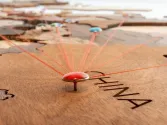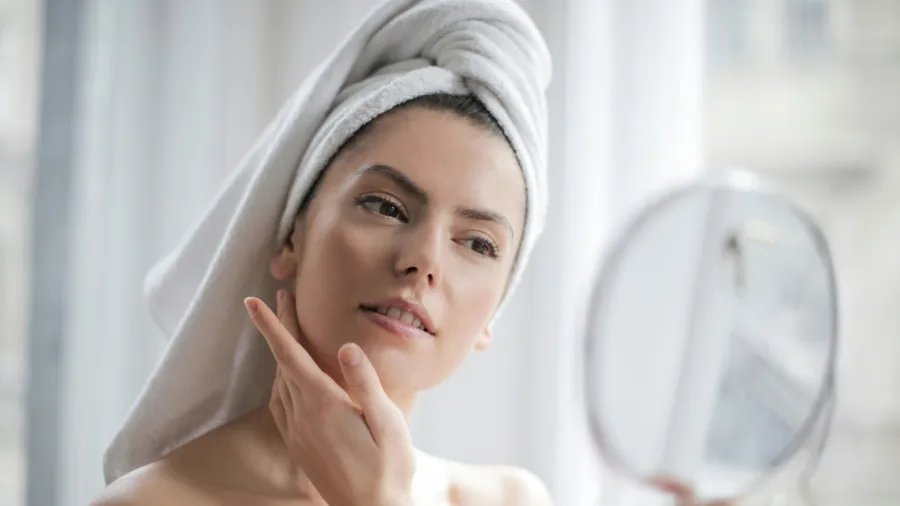
Aussie beauty industry booms with ethical, inclusive innovations
Make-up and skincare lead the charge.
Australia’s beauty market, projected to reach $5.4b by 2024, is gaining global traction by aligning with consumer demand for ethical and inclusive products, Canvas8 reported.
Make-up and skincare lead the charge, contributing over half of the industry’s total worth. However, the real story lies in its ethical transformation. A recent survey revealed that 96% of Australians favor locally-made products, a preference brands like Sukin and Ere Perez have leveraged to deliver natural, environmentally friendly solutions.
Historically dominated by the US, Japan, and South Korea, the global beauty stage now makes room for Australian products.
Effie Asafu-Adjaye, founder of Beautiful Sparks branding consultancy, attributed this shift to the sector’s "transparency, authenticity, and a strong sense of homegrown pride."
The report also noted a shift toward vegan cosmetics is fuelling growth, with the natural cosmetics sector generating $152m in 2023. Nearly half of Australians want more vegan options, emphasizing the importance of transparency as consumers scrutinize greenwashing practices.
Male grooming is also on the rise, driven by younger men embracing beauty routines that challenge traditional gender roles. Companies such as Aesop and Charles + Lee are meeting this demand with targeted, practical products.
“As the traditional gender binary and stereotypical gender roles start to blur and fade away, men are more able to embrace their own desires for fashion, self-care, and aesthetics,” said Toni Pikoos, a clinical psychologist.
Movements like “anti-beauty” and calls for authenticity are also reshaping the market. Consumers are rejecting complex routines for minimalist solutions, boosting brands like Frank Body that focus on natural ingredients and straightforward messaging.
Inclusivity is another defining trend, with brands like BYS and Orb Oils embracing diversity in marketing and product design.
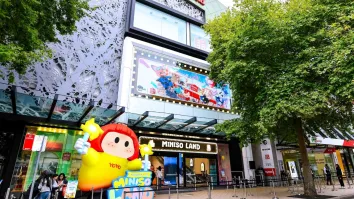






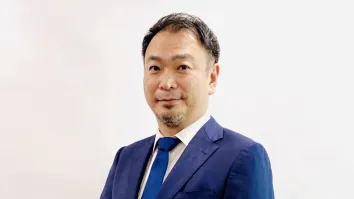
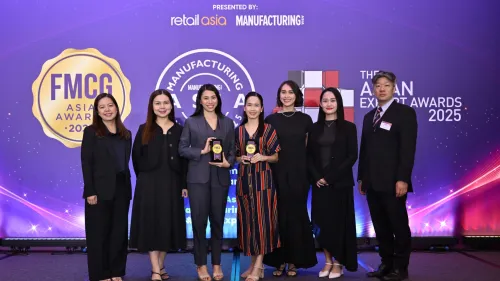
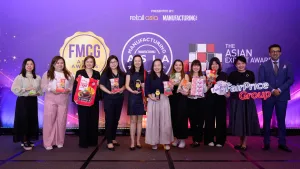
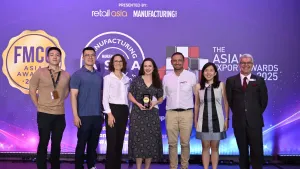
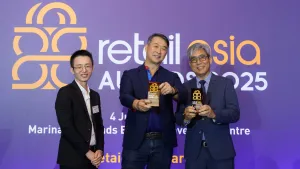
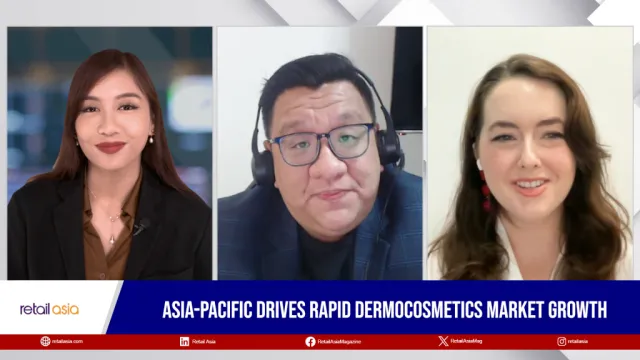




 Advertise
Advertise


